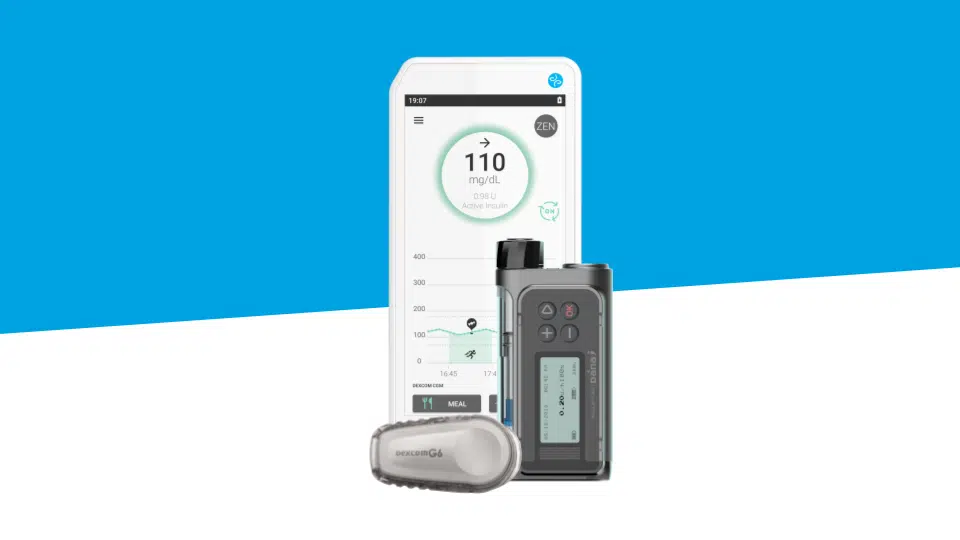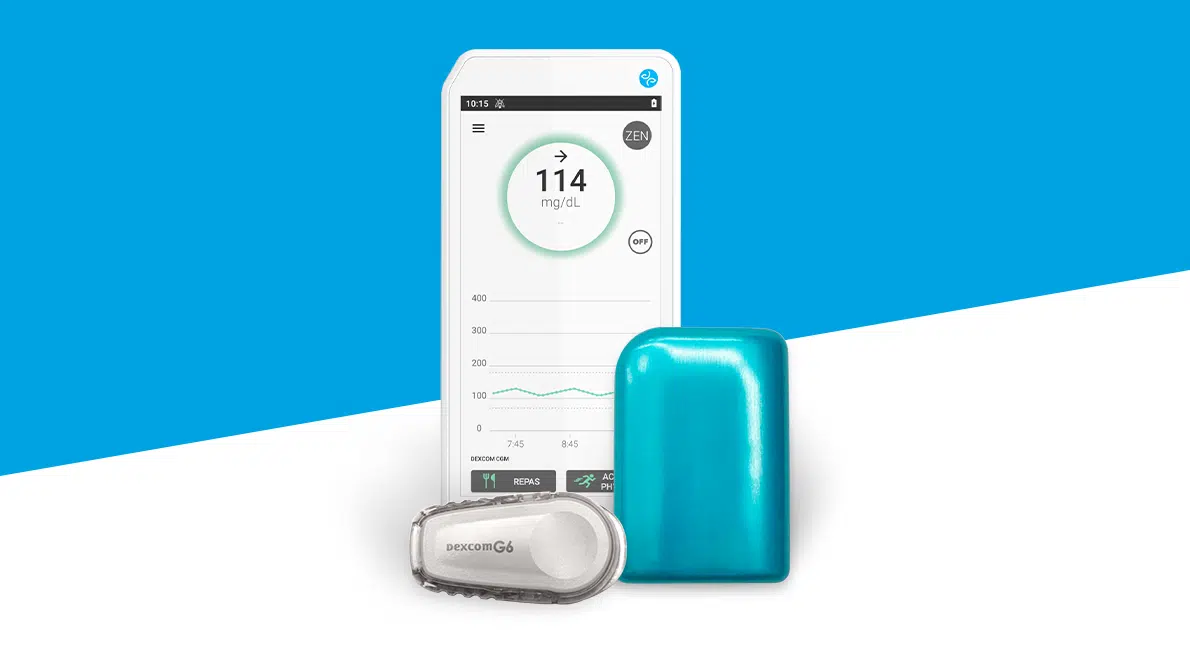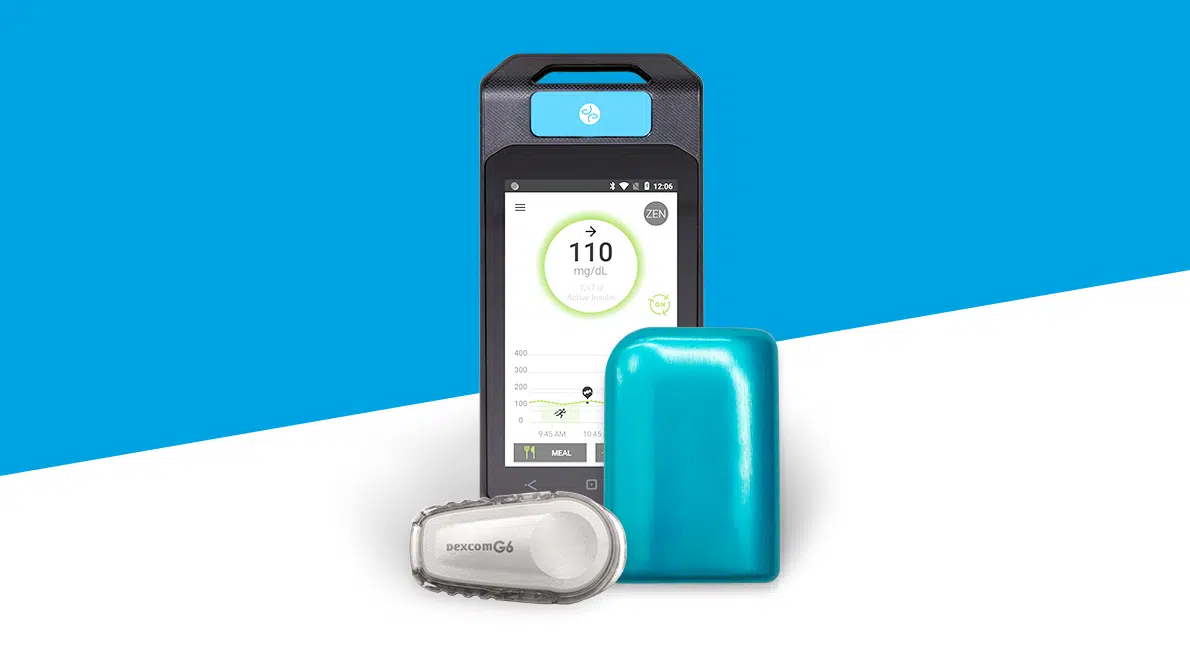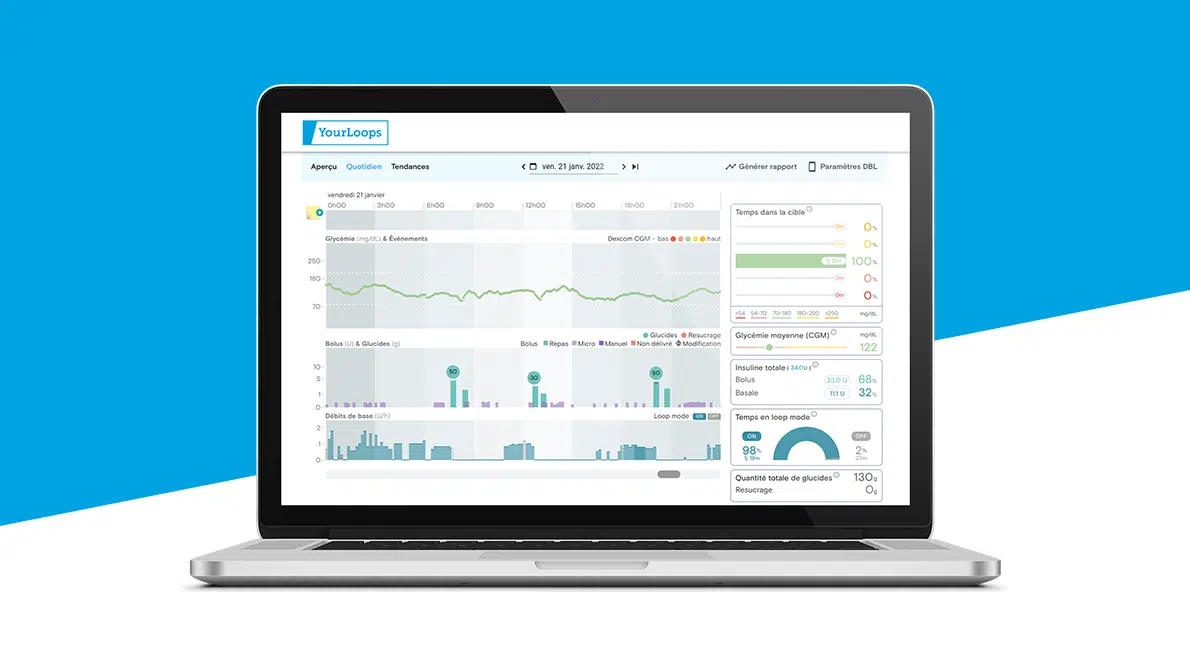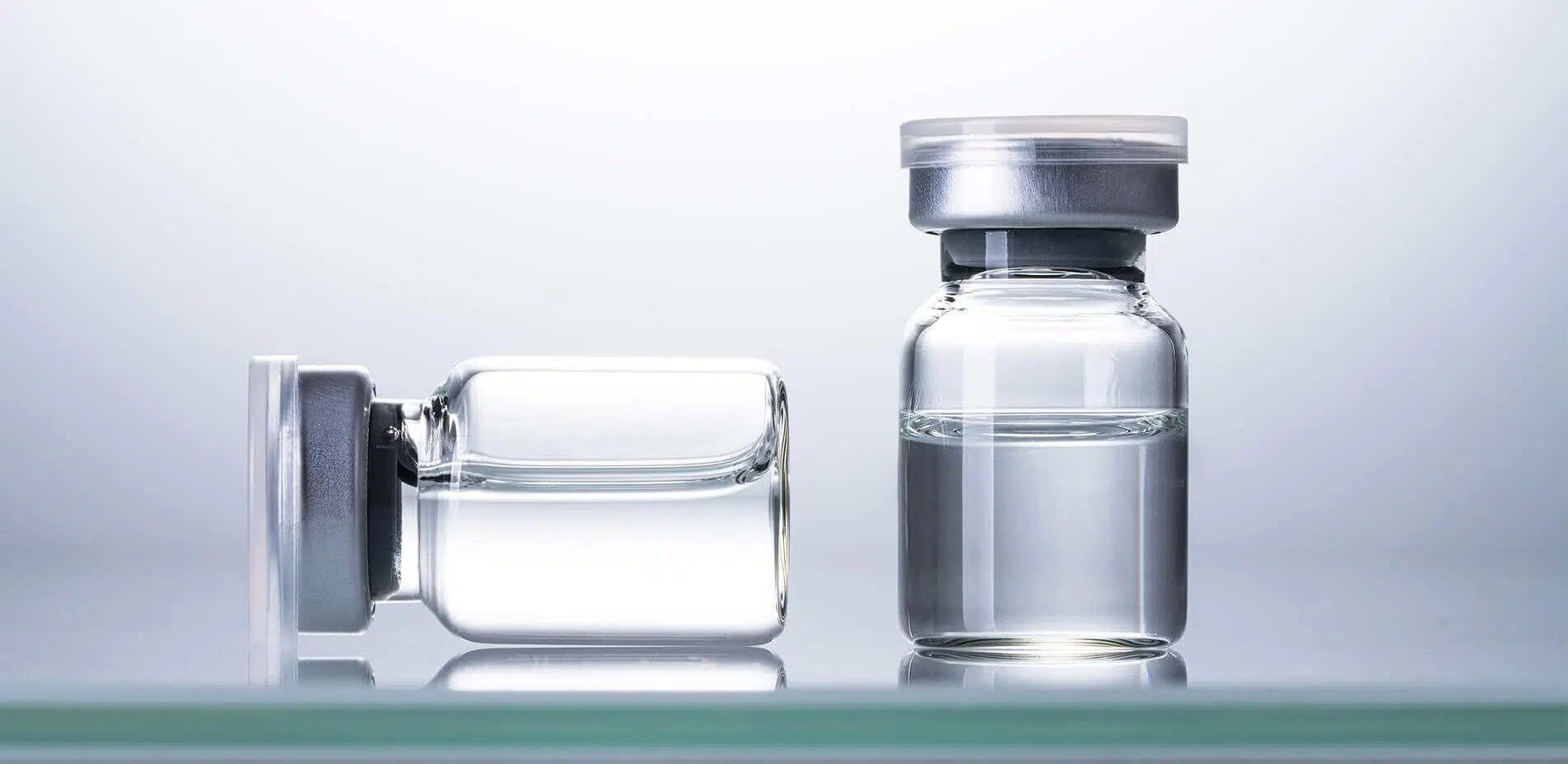
Insulin: THE crucial treatment for Type 1 diabetes
Insulin – a vital hormone with multiple roles – has now become a medicine with its own specific scientific and technical advances. Focus on this life-saving molecule.
What is insulin?
Insulin is a hormone that is produced in the pancreas, an organ located behind the stomach, by special types of cells: beta-pancreatic cells. Like all hormones, it circulates in the bloodstream and has a remote action on its target organs, i.e., on the muscles, adipose tissue (“fat”) and, especially, the liver, which is an important energy store. Its role is to return absorbed glucose present in the bloodstream to the cells.
In diabetes, insulin production is either deficient or absent. As a result, glucose, which is the human body’s main energy source, can no longer be absorbed by the cells. It stays in the blood, with one major consequence, hyperglycemia. Insulin is the only glucose-lowering hormone that exists, which is why it is so essential to human survival.
History of insulin
It was back in 1921, after reading about the topic extensively, that Dr Frederick Banting, an orthopedic surgeon particularly interested in diabetes, came up with the idea of isolating pancreatic cells from live dogs. He then discovered that, without a pancreas, the dogs developed diabetes and that their blood sugar levels could be reduced by injecting extracts from their pancreas. Banting was awarded the Nobel Prize in Medicine in 1923 for his discovery of insulin.
Where does insulin come from today?
Initially isolated from the pancreas of dogs, insulin then began to be harvested from pigs and produced commercially. However, this involved risks of infection transmission. Modern insulin no longer comes from animals: since 1978, it has been obtained by genetic engineering, a process used to identify, isolate, modify and transfer the genes from an organism. To do this DNA from human insulin is incorporated into bacteria, which then make it themselves freely. Then the proteins just need to be purified and assembled to safely obtain insulin that is identical to the insulin produced by the human body.
Ultra-rapid and long-acting insulin
Due to the multiple injections that were initially necessary, new technologies have been used to adjust the duration of insulin. The pharmaceutical industry has made very rapid progress in the field of insulin, coming up with new formulations year after year. Fast-acting insulins are designed to more closely mimic the immediate action of biological insulin. And long-acting insulins also exist, following the addition of protamine or modification of the insulin’s structure. Today, there are even extra long-acting insulins on the market, with an action that lasts for more than 24 hours. These insulins have been shown to be very stable over time. However, they are not always suited to the often fluctuating requirements of an individual over a 24-hour period. It may then be necessary (and indeed preferable) to switch to treatment using an S/C insulin pump that continuously delivers fast-acting insulin (either rapid or ultra-rapid insulin analog), thereby enabling more precise adjustment of treatment. In the coming years, it is likely that closed-loop systems will be developed, with the automatic or semi-automatic management of insulin administration.
The discovery of insulin and the development of manufacturing processes radically changed the prognosis for diabetes, which had previously been a fatal disease. Consequently, there has been a dramatic reduction in mortality figures since the 1960s. Far removed from the difficult-to-store little vials of insulin of the olden days, today’s insulin is injected using an insulin pen or pump, making things much easier for patients than in the past and also improving safety.



